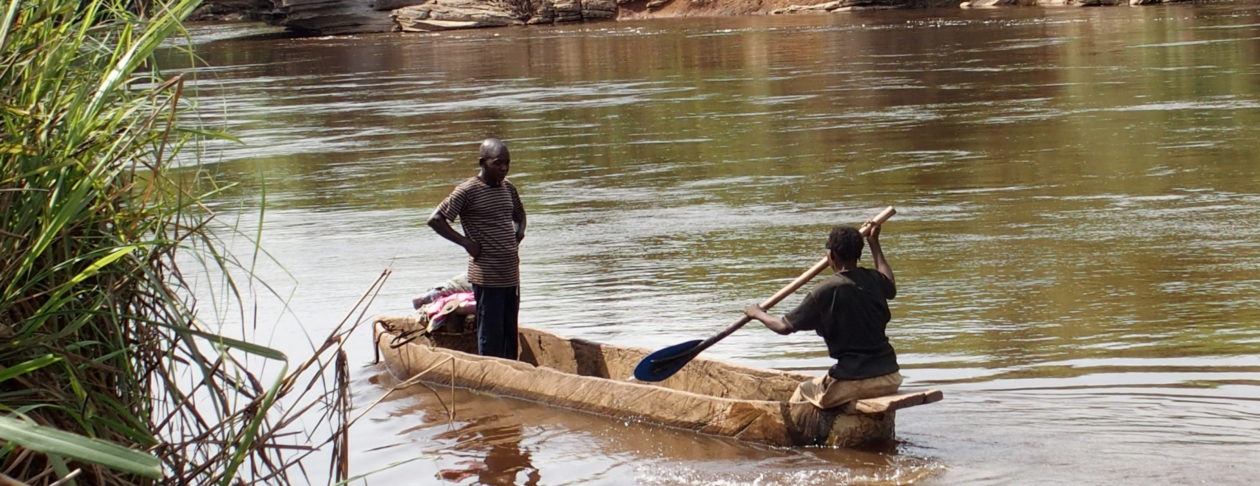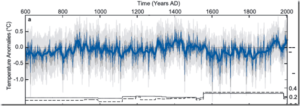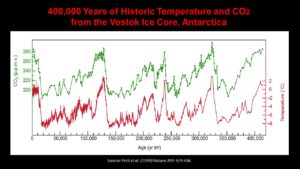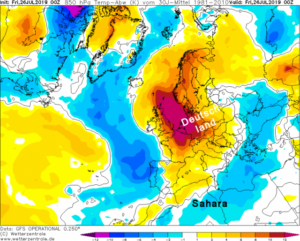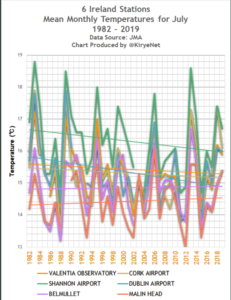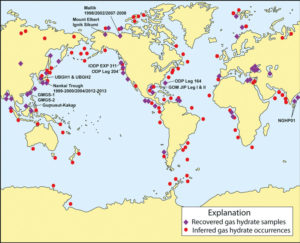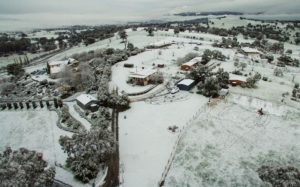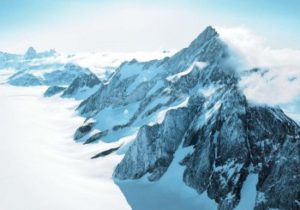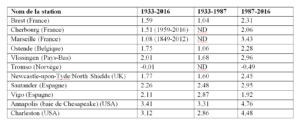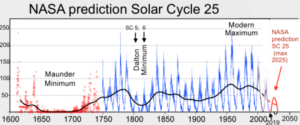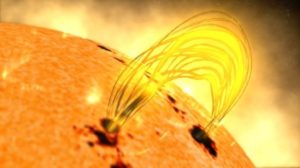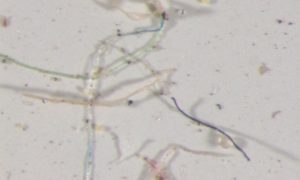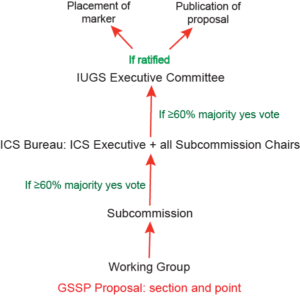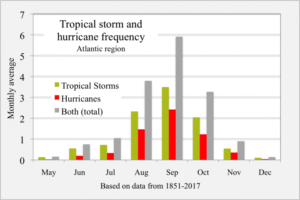by Judith Curry, August 21, 2019 in ClimateEtc.
A new book by Oppenheimer, Oreskes et al. entitled ‘Discerning Experts: The Practices of Scientific Assessment for Environmental Policy‘ makes a case against consensus seeking in climate science assessments.
I have long railed against the consensus-seeking process used by the IPCC (see my previous blog posts on this topic). And particularly, my paper:
Oppenheimer has long voiced concerns about consensus (e.g. his 2007 paper). However, Oreskes has been consensus enforcer in chief, originating the 97% thingy.
I haven’t read their new book, but authors Oreskes, Oppenheimer and Jamison have written an essay on their book in Scientific American, entitled Scientists have been underestimating the rate of climate change.
You can see where this is going from the title of this article; most of this is an attempt to justify alarmism. But they make some interesting points. Excerpts:
…
…
Lets stop manufacturing consensus about climate change. Lets open up the scientific debate on climate change and celebrate disagreement and use it to push the knowledge frontier of climate science. The whole consensus thing has done little to reduce global CO2 emissions, which was the point of the whole exercise. It’s time for new approaches to both science and policy.
